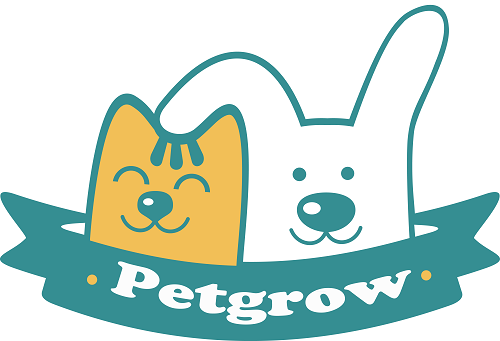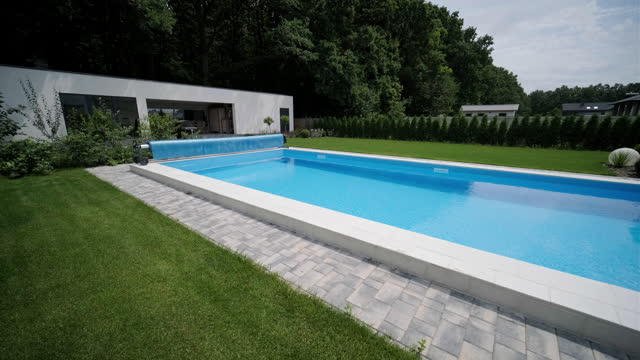Artificial turf is a popular choice for outdoor landscaping and sports fields because it is environmentally friendly and low-maintenance. However, with countless brands and models on the market, choosing the right artificial turf can be overwhelming. In this blog post, we’ll dive into five key aspects: yarn, backing, filling, total weight, and pet and golf-specific turf to give you a comprehensive guide to making an informed decision.
Artificial turf typically consists of five key components.
Piece of grass
Artificial turf is made of synthetic fibers such as polyethylene or polypropylene. The shape, color, and length of these blades determine the look and feel of your artificial turf.
Material
Common options include polyethylene (PE) and polypropylene (PP). PE yarn is softer and suitable for home lawns, while PP yarn has higher hardness and is very suitable for areas with high traffic such as sports fields.
Height
Yarn height affects visual beauty and feel. The optimal height range for home lawns is 20-40mm, while sports pitches may require taller yarns.
Elasticity
A quality yarn should exhibit elasticity, springing back to its original shape to prevent deformation over time.
Backing
The backing serves as the support structure for the turf and is usually made of polyethylene or polyurethane. The design of the backing is critical to the stability and durability of your lawn.
The backing serves as the support structure of the lawn and directly affects stability and comfort. When choosing supports, consider the following factors:
Breathability
Choose a backing with good breathability to facilitate drainage and ventilation and prevent water accumulation and mold.
Strength
Durable and tear-resistant backing extends the life of your lawn, ensuring longevity and performance.
Environmental protection
Choose environmentally friendly base materials and comply with the principles of sustainable development.
Green Silica Sand Infill
Infill is used to enhance the stability and comfort of artificial turf and reduce surface hardness. Common fill materials include rubber granules, silica sand or environmentally friendly alternatives. The padding also helps support the grass blades, preventing them from bending and deforming.
Infill directly affects the comfort and elasticity of artificial turf. Consider the following factors when choosing a filler:
Elasticity
The padding material should provide enough elasticity for a comfortable walking experience and remain elastic over long periods of use.
Compression Resistance
Choose a filling material with good compression resistance to prevent visible marks from repeated foot traffic.
Antimicrobial Properties
For specialty turf, such as pet-friendly artificial turf, choose infill with antimicrobial properties to minimize odor and maintain hygiene.
Surface weight and total weight
Surface weight refers to the weight of blades of grass per square meter of turf surface, while total weight includes all components of the turf, including blades, backing and infill. These metrics are commonly used to evaluate the density and quality of artificial turf.
The total weight of artificial turf is critical and affects installation difficulty and stability. When choosing artificial turf, consider:
Site Requirements
Different applications have different total weight requirements. Home lawns may benefit from lighter turf, while sports fields may require heavier turf for stability.
Easy installation
The total weight is moderate, making it easier to install and fix, reducing challenges during the process.
Long-term maintenance
Overall weight also affects long-term maintenance efforts. Choosing the right weight can make routine maintenance easier.
Professional lawn options: pet artificial grass and golf artificial grass
Some artificial turf is designed specifically for pets, with enhanced durability and ease of cleaning. Golf turf, on the other hand, may require special design considerations to simulate certain performance aspects of natural grass, such as ball roll and bounce.
For specific applications such as pet-friendly lawns and golf turf, additional considerations are required:
Pet-friendly artificial grass
Choose a lawn with strong antibacterial properties and easy-to-clean features to ensure a smooth surface and prevent pet paws from getting stuck.


Share:
How to remove the pet Odors from an artificial grass lawn?
7 Reasons Why Artificial Grass Is Good for Dogs